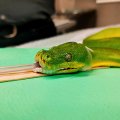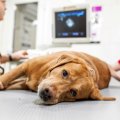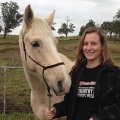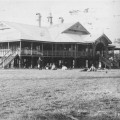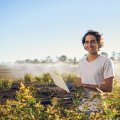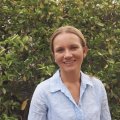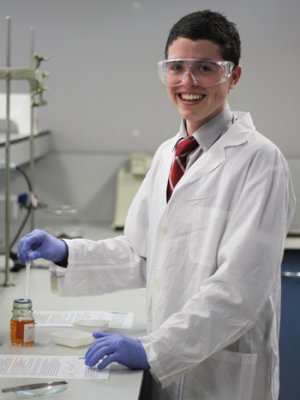
Curious high school students from Queensland and New South Wales investigated the impacts of flood waters on Moreton Bay, saw a biofuel car in action and discovered why scientists milk spiders at The University of Queensland.
The 2013 Experience Science program gave students the chance to trial university life through innovative science workshops in disciplines ranging from cosmology to entomology.
This year the program attracted 1500 students from 40 high schools to UQ’s St Lucia and Gatton campuses.
Students at St Lucia made slime from cross-linked polymers, explored their brain’s reaction times to visual stimuli, investigated the efficiency of solar panels made out of blueberries and viewed ‘glow in the dark’ molecules.
Their counterparts at Gatton examined the microscopic bacteria that cause mastitis in cattle and discovered how plants adapt to changing environments.
Associate Dean (Academic) Associate Professor Kim Bryceson said the event was an excellent opportunity for high school students to experience the wide variety of sciences on offer at both campuses.
“The UQ and industry experts who facilitate our workshops demonstrate how science can be applied in everyday life, and across different industries,” Associate Professor Bryceson said.
"UQ Science offers an impressive range of study areas through its programs, the Experience Science event provides a perfect platform for students to ask questions and discover where their interests truly lie.”
UQ’s Experience Science continues on July 16 and 17.
The event has attracted schools from Hervey Bay to Byron Bay.
Further information: Monique Nevison, 07 3346 4129, m.nevison@uq.edu.au or visit www.science.uq.edu.au/expsci.


